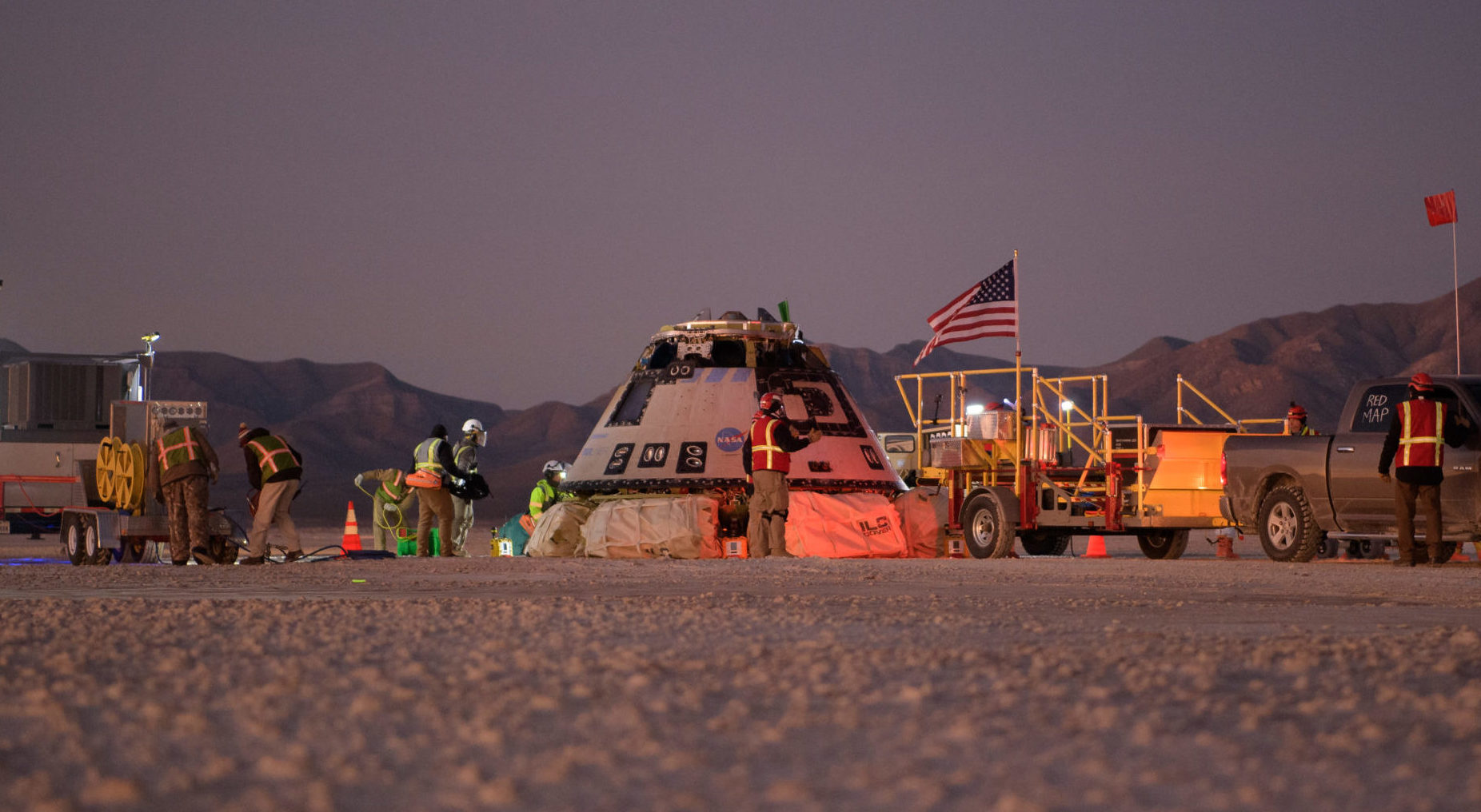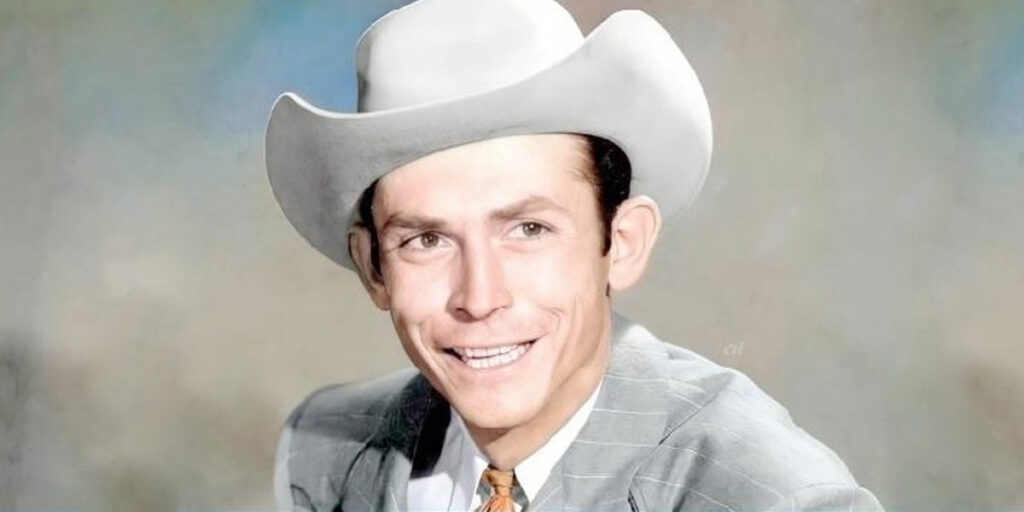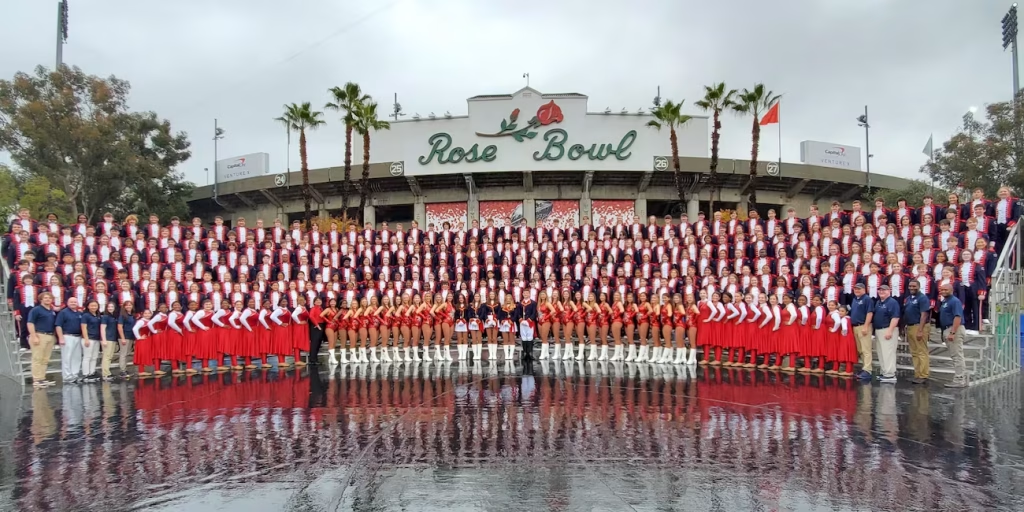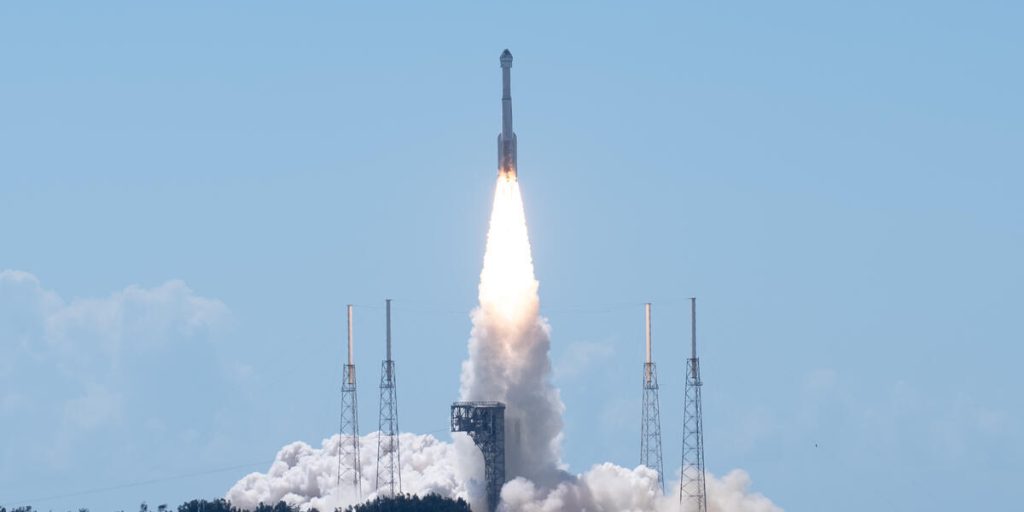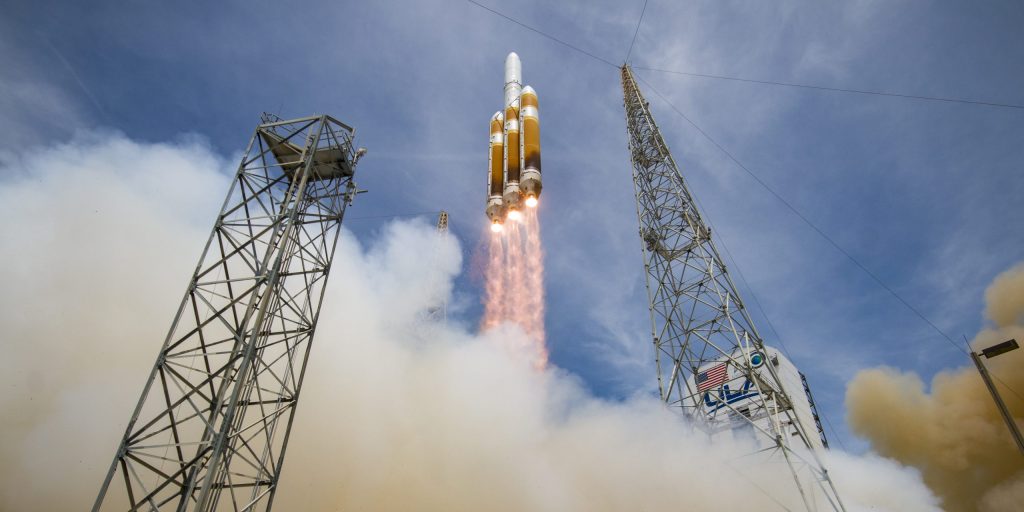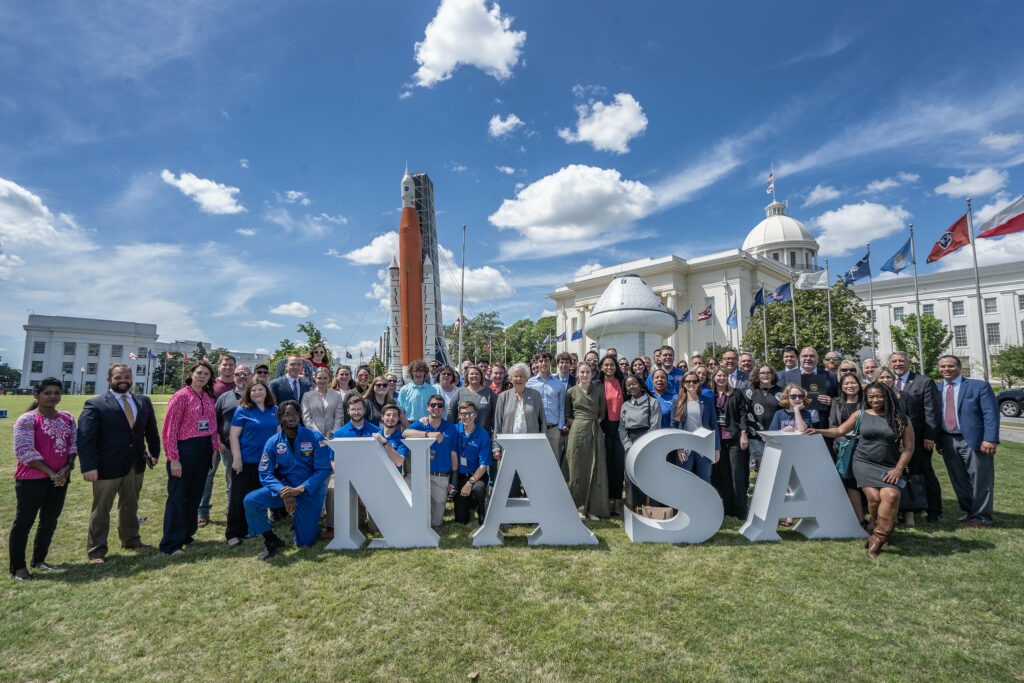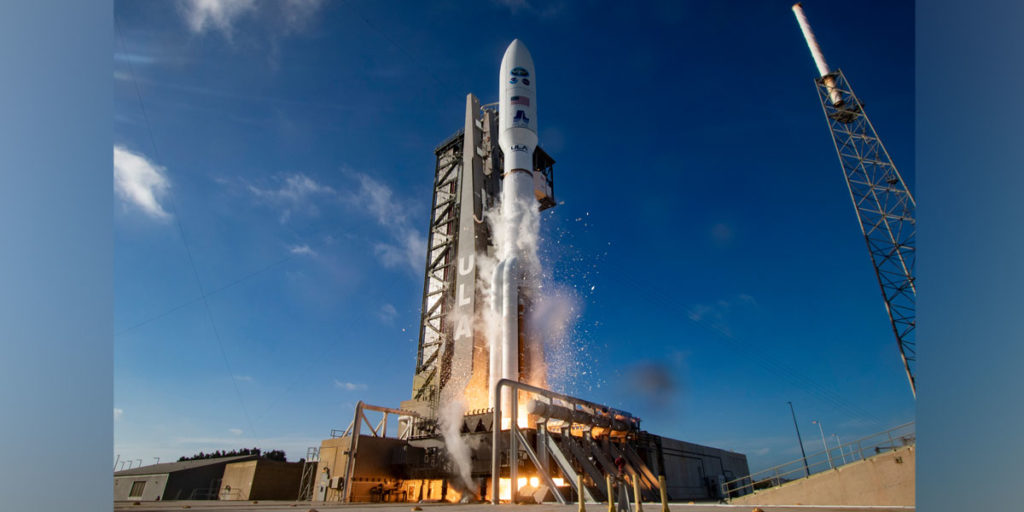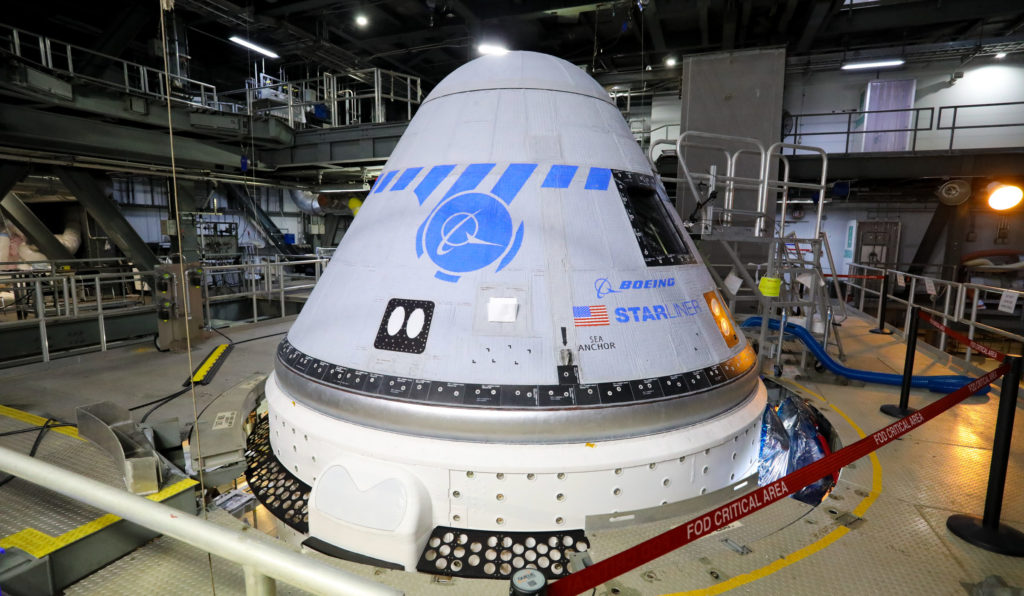A little more than a week after landing in the New Mexico desert, Boeing’s Starliner capsule continues to provide engineers and technicians with encouraging data from its historic mission.
Designed in Huntsville, and delivered into space by a rocket built by United Launch Alliance (ULA) in Decatur, Starliner became the first American orbital space capsule to land on U.S. soil when it touched down at the U.S. Army’s White Sands Missile Range in New Mexico on December 22. Previous American human-rated space capsules had landed in the ocean.
Ahead of the spacecraft’s return to Florida, Starliner’s flight team has already learned about the performance of several systems based on initial data.
Data collected from onboard the spacecraft tends to provide the most complete understanding of what took place rather than merely relying on data transmitted in-flight back to mission control.
Capsule interior
Starliner is designed to ferry astronauts to and from the International Space Station. So, maintaining the proper conditions inside the capsule during the Orbital Flight Test was among the most important objectives.
Boeing reported that the interior of the crew module looked the same as it did prior to launch, with the tethered gravity indicator (nicknamed “Snoopy”) in the pilot’s seat at landing. The company indicated the interior remained well-suited to support crewed missions and the fully operational life support system functioned as intended.
Rosie the Rocketeer, a sensor-laden test dummy, remained safely in place inside the spacecraft. Rosie has already conveyed data — picked up by her accelerometers and force measurement sensors — which is currently being evaluated. The data collected by Rosie is expected to confirm a soft landing.
The flight team will also soon release footage from four onboard cameras providing a unique perspective of the launch, flight and landing.
Exterior conditions
Starliner showed little scorching from the heat of atmospheric entry.
In addition, the spacecraft used only a small amount of onboard fuel during its flight and landing in New Mexico. This level of fuel efficiency confirms the aerodynamic models developed for Starliner.
Next steps
Having now taken the name Calypso, the spacecraft will have about a 10-day trip back to Florida. Once there, it will undergo more detailed inspections and get refurbished for its next mission.
Calypso will fly NASA astronauts Josh Cassada, Suni Williams and two international partner astronauts to the International Space Station.
In preparation for NASA’s effort to send Americans to space from American soil using American rockets, Cassada was among several astronauts who spent time at ULA’s 1.6 million square foot manufacturing facility in Decatur.
“A few of us had a chance to fly up to Alabama and meet some of the most talented, hardworking men and women at ULA who are building our rocket, and I’ll tell you, we are in great hands,” Cassada remarked.
Tory Bruno, ULA president and CEO, observed the importance of those interactions between astronauts and rocket builders.
“It was great for the astronauts to see it, touch it and ask how it is put together,” said Bruno.
ULA’s delivery of the Starliner to a pinpoint position in space was one of the unquestioned successes of the mission.
NASA Administrator Jim Bridenstine called the performance of ULA’s Atlas V rocket “a very successful flight.”
Jim Chilton, senior vice president of the Space and Launch division of Boeing, added his praise of the Alabama-made rocket’s work.
“I will echo the great human-rated Atlas performance,” he said. “This not your father’s Atlas. Not only does it have a dual engine Centaur, but it’s got a lot of human-rated upgrades. So that was a big success.”
Tim Howe is an owner of Yellowhammer Multimedia




